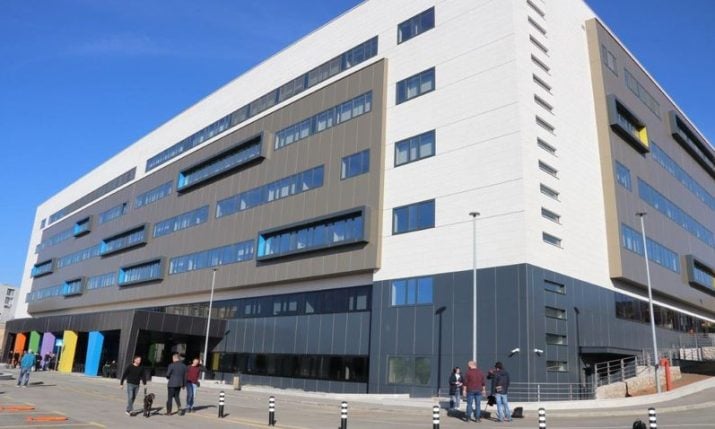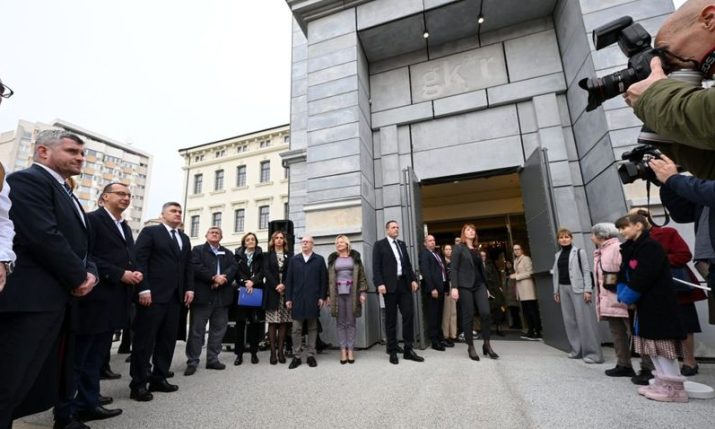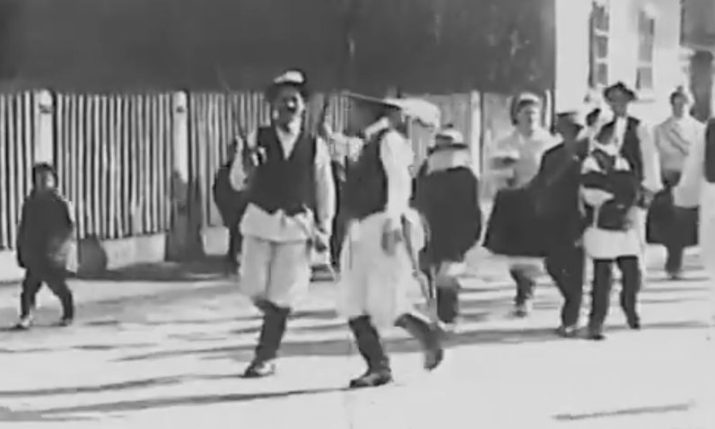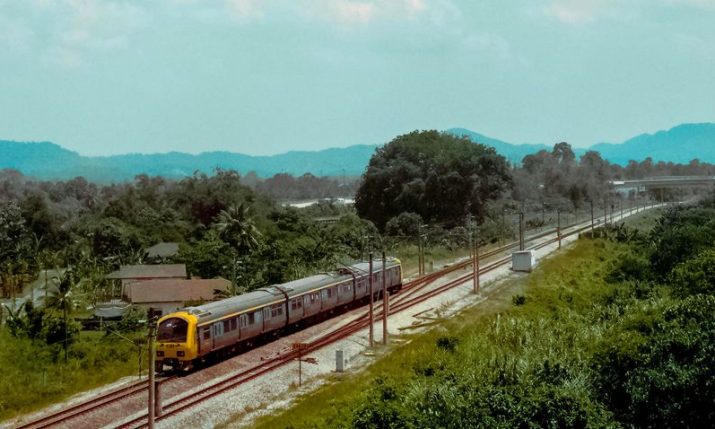First tram in Rijeka 125 years ago – anniversary marked with special stamp
- by croatiaweek
- in News
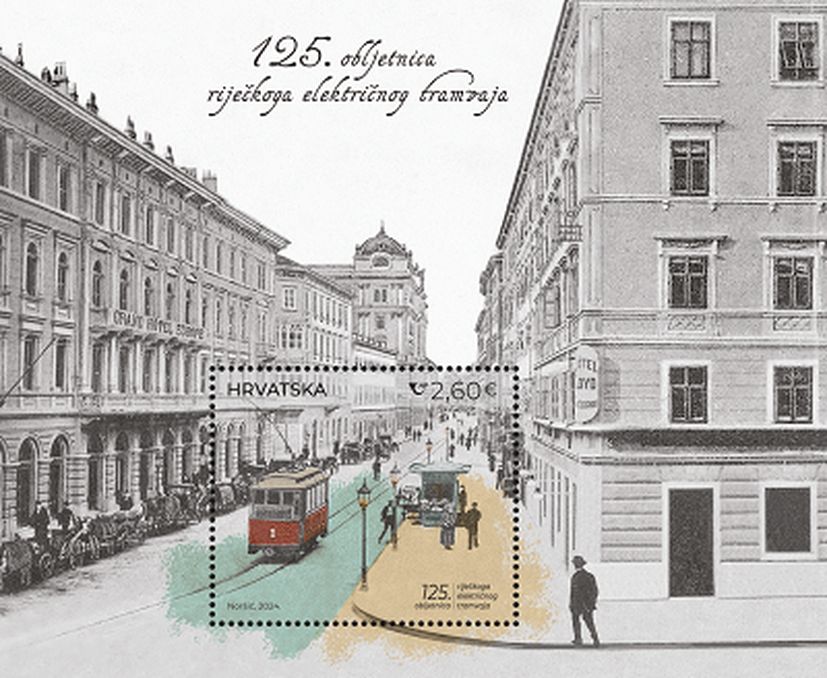
(Croatian Post)
ZAGREB, January 19, 2024 – Croatian Post will release a commemorative postage stamp dedicated to Rijeka’s electric tram, which embarked on its first journey through Rijeka 125 years ago on January 22.
The designer of the block, printed in an edition of 20,000 copies, is Ariana Noršić from Samobor, and the nominal value of the block is 2.60 euros. Along with the block, Croatian Post has printed 700 first-day covers (FDC) and 50 copies of commemorative covers.
Jan Mark Novalija, who has a B.A. in Economics and specialises in the conservation and restoration of metals, reveals the following about Rijeka’s tram history.
In the second half of the 19th century, Rijeka increasingly took on the characteristics of a major port and industrial centre. In 1873, a new railway line from Zagreb signalled the “golden age,” which lasted until the outbreak of the First World War.
Rapid urbanisation along the coast sought to connect the peripheral neighbourhoods with the city centre using carriages and omnibuses.
However, despite these efforts, the municipality increasingly considered introducing trams as a modern alternative. Finally, on November 7, 1899, eight tram cars set off on the inaugural journey along a four-kilometre track from Fiumara to the torpedo factory.
The ticket price was 10 soldi, and the tram operated from 7 a.m. to 10 p.m.
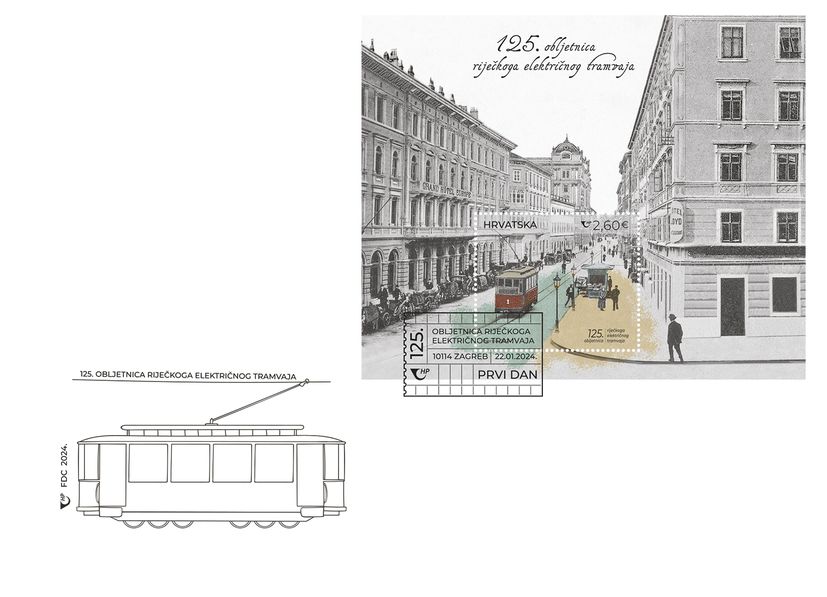
(Croatian Post)
The working conditions for drivers and conductors in the early years were challenging, and often fatigued individuals operated trams in shifts lasting up to 15 hours, leading to accidents. During the First World War, the tram operated in financial uncertainty, but in the post-war optimism, there was accelerated investment in its restoration. Despite this, Rijeka introduced more bus lines from 1930, and by 1935, considerations were made to replace trams with trolleybuses.
At the beginning of the Second World War, the number of passengers increased due to the needs of the military industry, and the tram was the only public transportation in the city for most of the war years. Due to neglect of the trams and tracks, the tram was in poor condition at the end of the war.
Several replacement cars were brought from Zagreb, and new tracks were ordered from Vienna, but due to a lack of skilled workers, they were never installed. The tram was ultimately deemed financially questionable and unprofitable, leading to its last journey in June 1952 after faithfully serving the citizens of Rijeka for 54 years.

